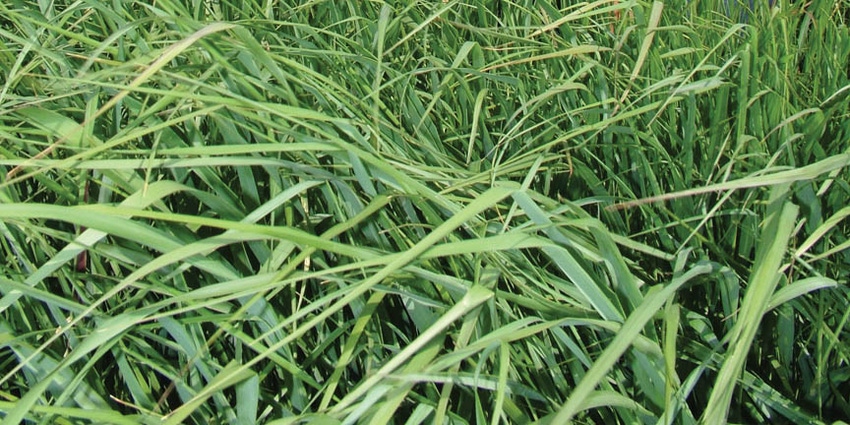
In the long run it will be interesting to see how biofuel crops will fare and how they might impact alfalfa and other commodities, pro and con.UC researchers have given high marks to switchgrass in the San Joaquin Valley and Imperial Valley.Camelina, a member of the mustard family, can be seeded and harvested with conventional farm equipment. The oilseed crop is considered to be an ideal jet fuel substitute.
November 2, 2011

The Western Alfalfa & Forage Conference agenda has an interesting workshop addition this year during the two-day meeting in Las Vegas. On Dec. 13, the second day of the conference, there’s a five-hour biofuels class that covers a wide range of topics. It’s a timely topic given recent developments as biofuels continue to make inroads in California and other Western states.
In the long run it will be interesting to see how biofuel crops will fare and how they might impact alfalfa and other commodities, pro and con. UC researchers have given high marks to switchgrass in the San Joaquin Valley and Imperial Valley. It’s a crop that’s well established in other states and it’s a dominant species on the tall grass prairie. It’s mainly used as a forage crop or groundcover.
According to an article in the October-December California Agriculture magazine, UC researchers said that its “results suggest that switchgrass has high yield potential in California.” While cooler climates in the northern region reduced production, switchgrass did well in the warm climates of the San Joaquin and Imperial Valleys. In the establishment year yields were moderate, but in the second year they were as high as 17 tons per acre.
Based on what has been evaluated so far, the researchers wrote that “switchgrass yields reported here are promising both for forage and for use as a biofuel crop.” You can review the article at http://CaliforniaAgriculture.ucanr.org.
Also getting more interest for biofuels is camelina, a member of the mustard family that is related to canola. It can be seeded and harvested with conventional farm equipment. The oilseed crop is considered to be an ideal jet fuel substitute.
The Biomass Crop Assistance Program (BCAP), which was created in the 2008 farm bill, has launched a three-state camelina project that includes California, Washington and Montana. The enrollment period was closed in September and it was estimated that the project might cover as much as 25,000 acres in California, 15,000 acres in Montana and 10,000 acres in Washington.
Topics slated for the five-hour Biofuels Workshop at the Alfalfa & Forage Conference include policies in the West, production data for various crops in Western states, economics and the future of biofuels. There’s a $55 fee and details for all topics at the conference are available at the UC Alfalfa Workgroup’s Website, http://alfalfa.ucdavis.edu.
Agriculture leads the way
In a recent visit to California, U.S. Secretary of Agriculture Tom Vilsack talked about a number of economic accomplishments that stand out in the current economy. Nationwide, ag exports have reached $135 billion and there’s a trade surplus. Five years ago the ag surplus was nearly $5 billion. Now, the surplus has climbed to $42 billion. California leads the way in production and ag exports at more than $12 billion annually. According to Vilsack, 8,400 jobs are created for every 1 billion dollars in trade.
Now that President Obama signed off on free trade agreements with Colombia, South Korea and Panama, U.S agriculture will get a nice boost. The forecast for trade opportunities with South Korea is nearly $2 billion, and there’s the potential of several hundred million dollars for the other two countries.
You May Also Like



